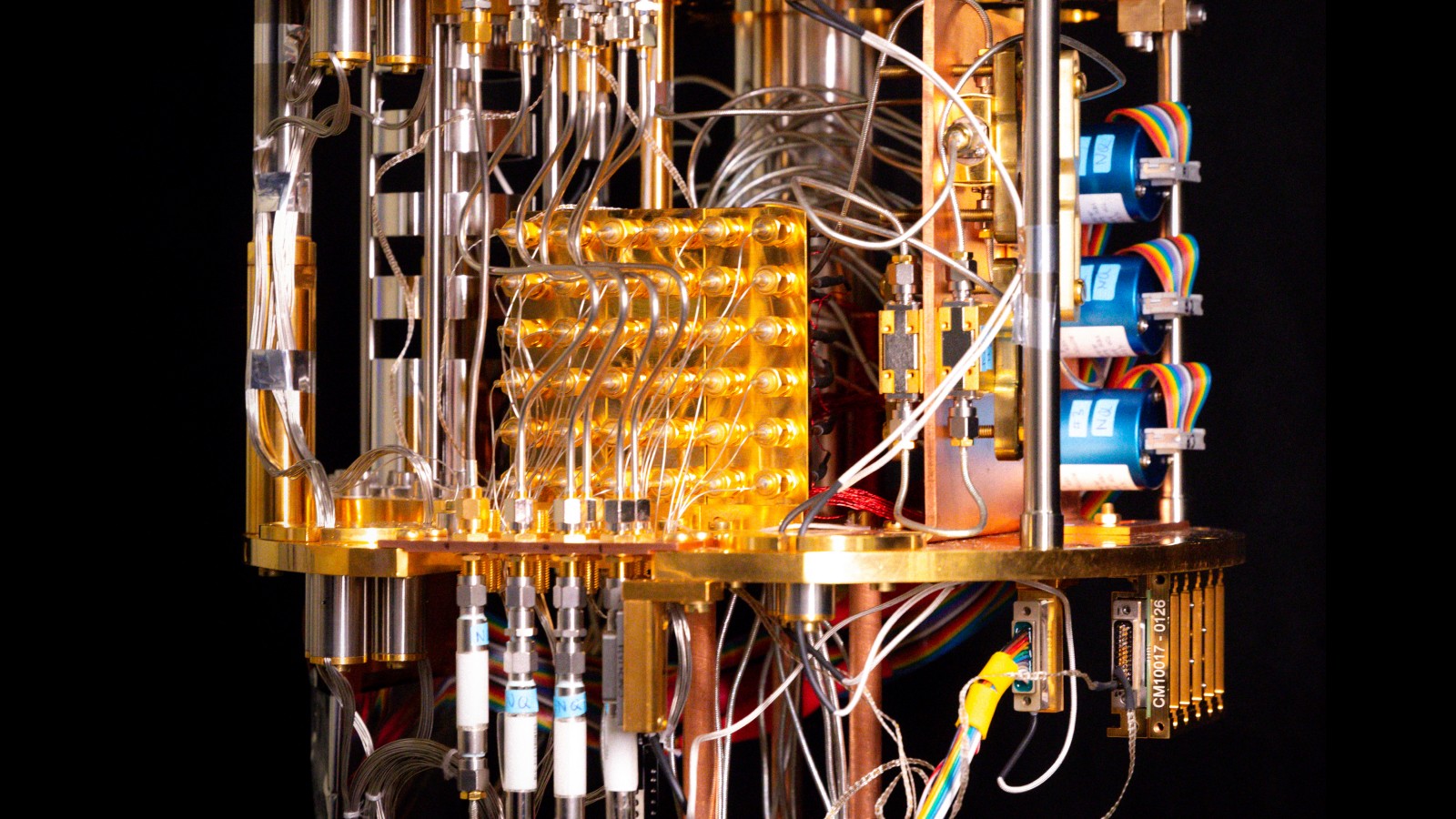Photonics, Vol. 11, Pages 283: Pseudo-Stilbene- and Azobenzene-Type Systems for Optical Frequency Conversion: Estimating the First-Order Molecular Hyperpolarizability
Photonics doi: 10.3390/photonics11030283
Authors: Raiane S. Araújo José J. Rodrigues Márcio A. R. C. Alencar Jamal Rafique Sumbal Saba Luis M. G. Abegão
This study investigates the potential of a set of pseudo-stilbene and azobenzene molecular structures to become optical frequency converters for optical communications based on a detailed exploration of the first-order molecular hyperpolarizability (βHRS), which is the microscopic counterpart of second harmonic generation (SHG). βHRS values were obtained via quantum chemical calculations using the Gaussian 16 software package in solvent and gas-phase media at different wavelengths, i.e., 1064 nm, 1310 nm, and 1510 nm. The latter two wavelengths are of particular interest for optical communications. Our study focused on discerning how the molecular structure influences the βHRS response, explicitly highlighting the influence of the azomethine group (CH=N). The results revealed that the molecular planarity, affected by this group, plays a crucial role in modulating the optical properties. The highest βHRS value in a solvent medium using the CAM-B3LYP/6-311+G(2d,p) level of theory achieved in this work was around 1400 ×10−30cm4startvolt−1, four orders of magnitude higher than KDP (0.2 ×10−30cm4startvolt−1), which is a reference in SHG experiments at 1064 nm. The highest calculated βHRS value at the same level of theory and solvent at 1310 nm and 1550 nm was 631 × 10−30cm4startvolt−1 and 456 × 10−30cm4startvolt−1, respectively. All these values belong to molecular structures with azo-coupling with donor (4-NMe2) and acceptor (4′-NO2) peripheral groups, designated as AB-3.

 1 month ago
34
1 month ago
34

